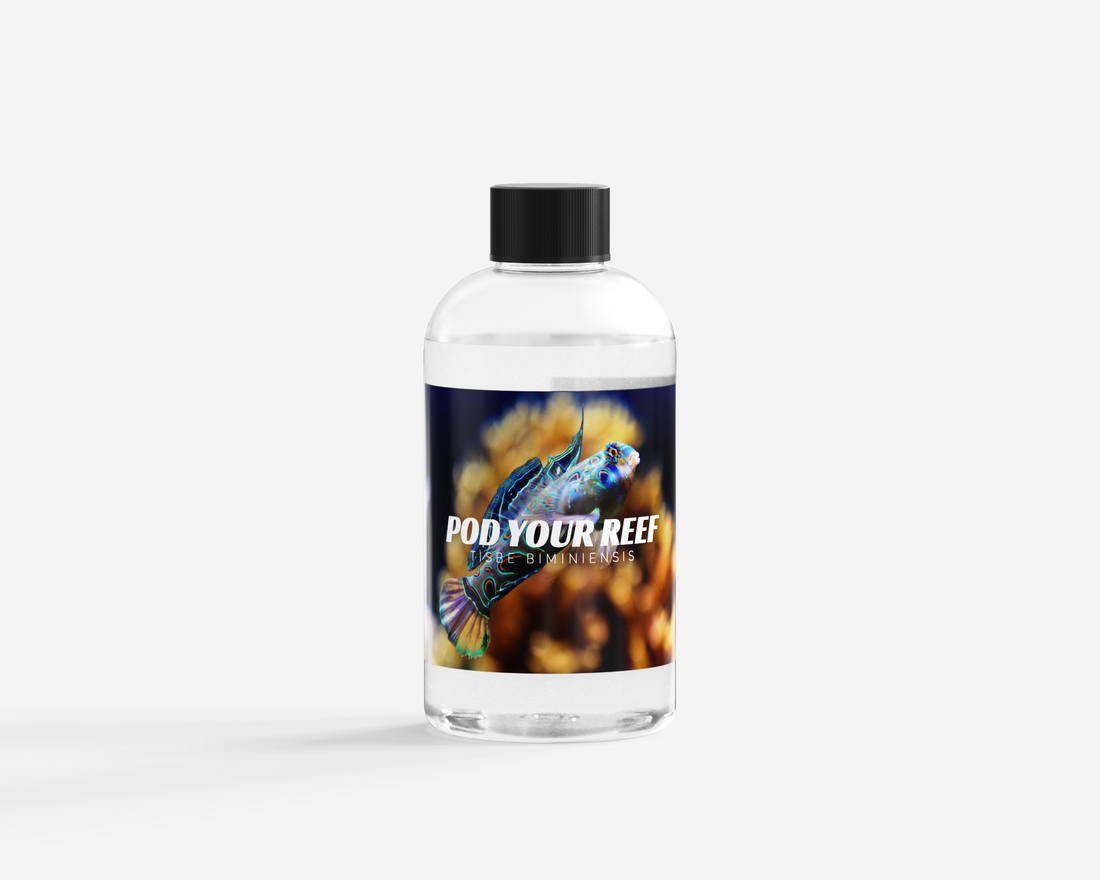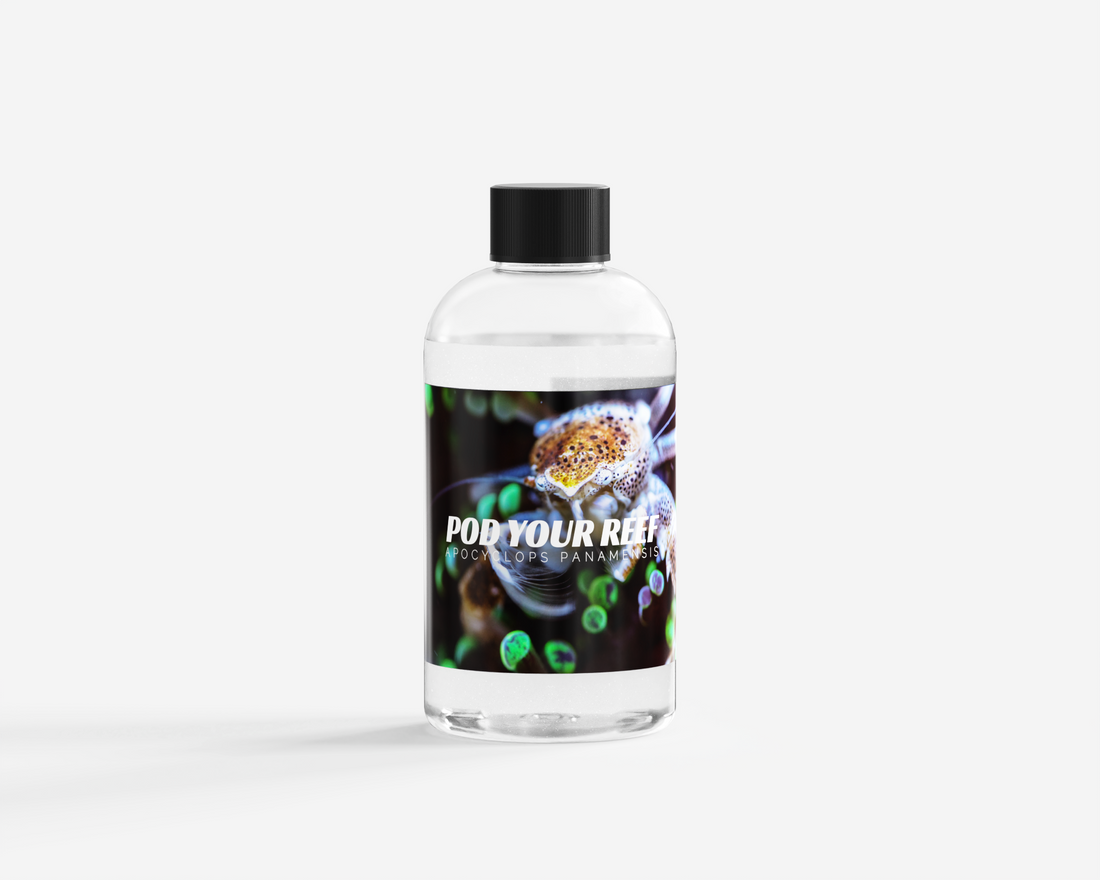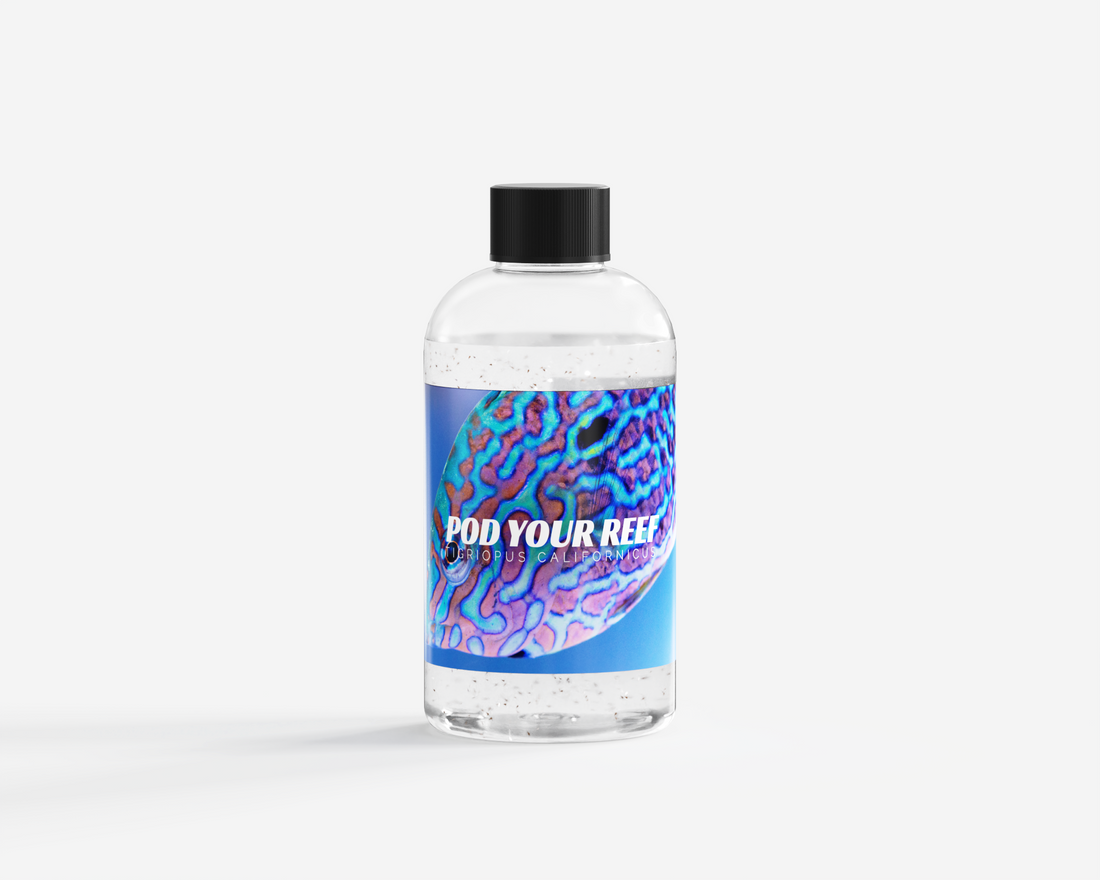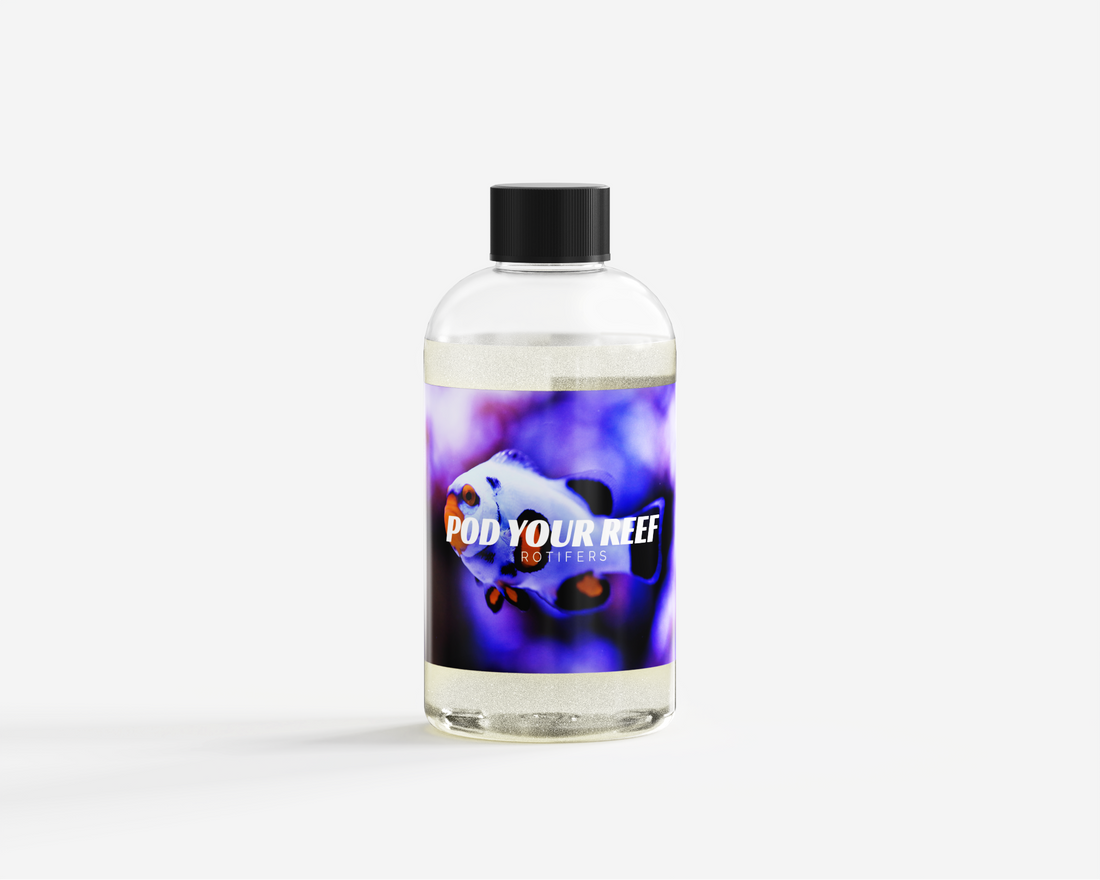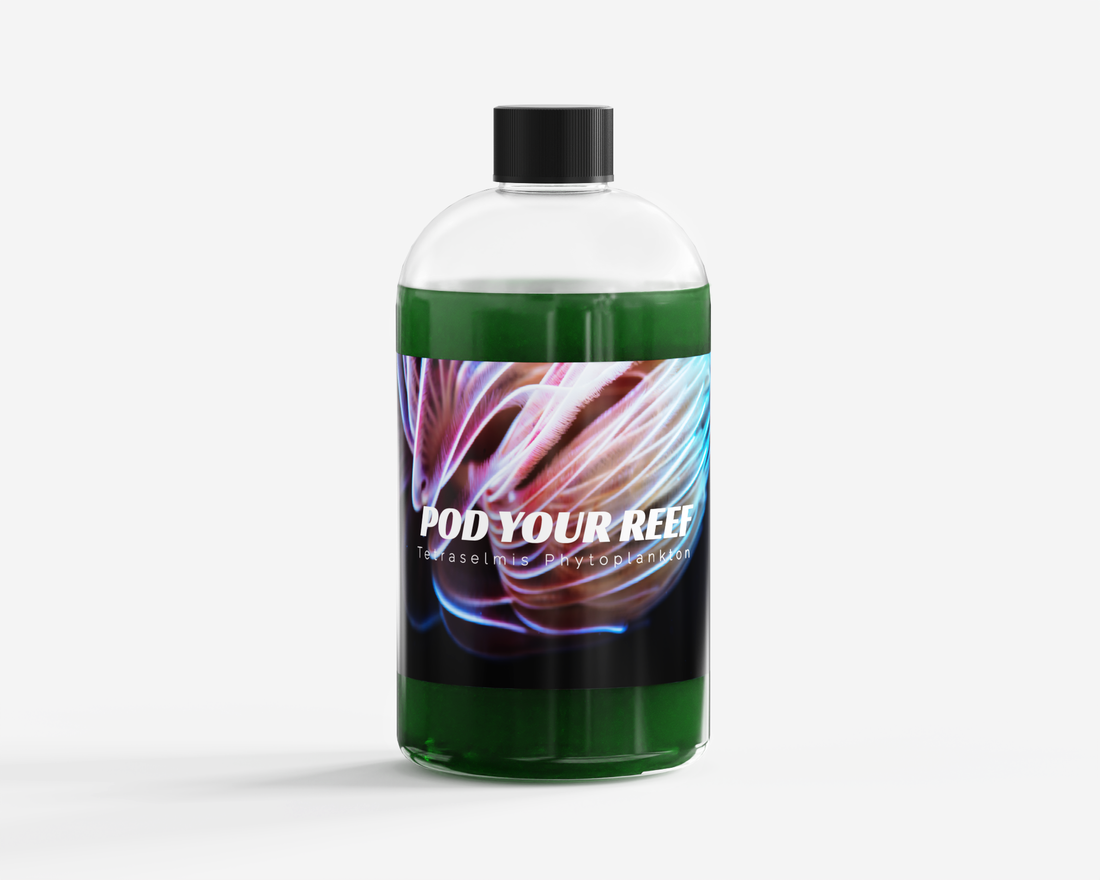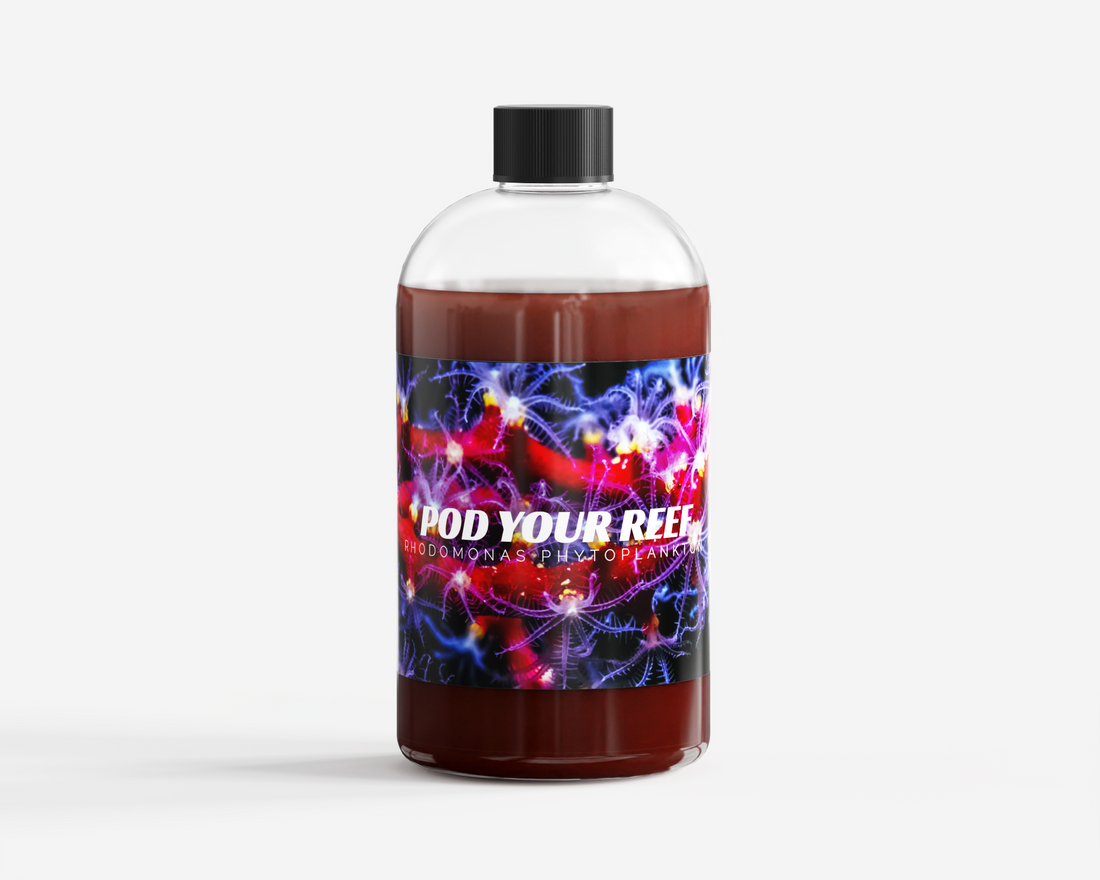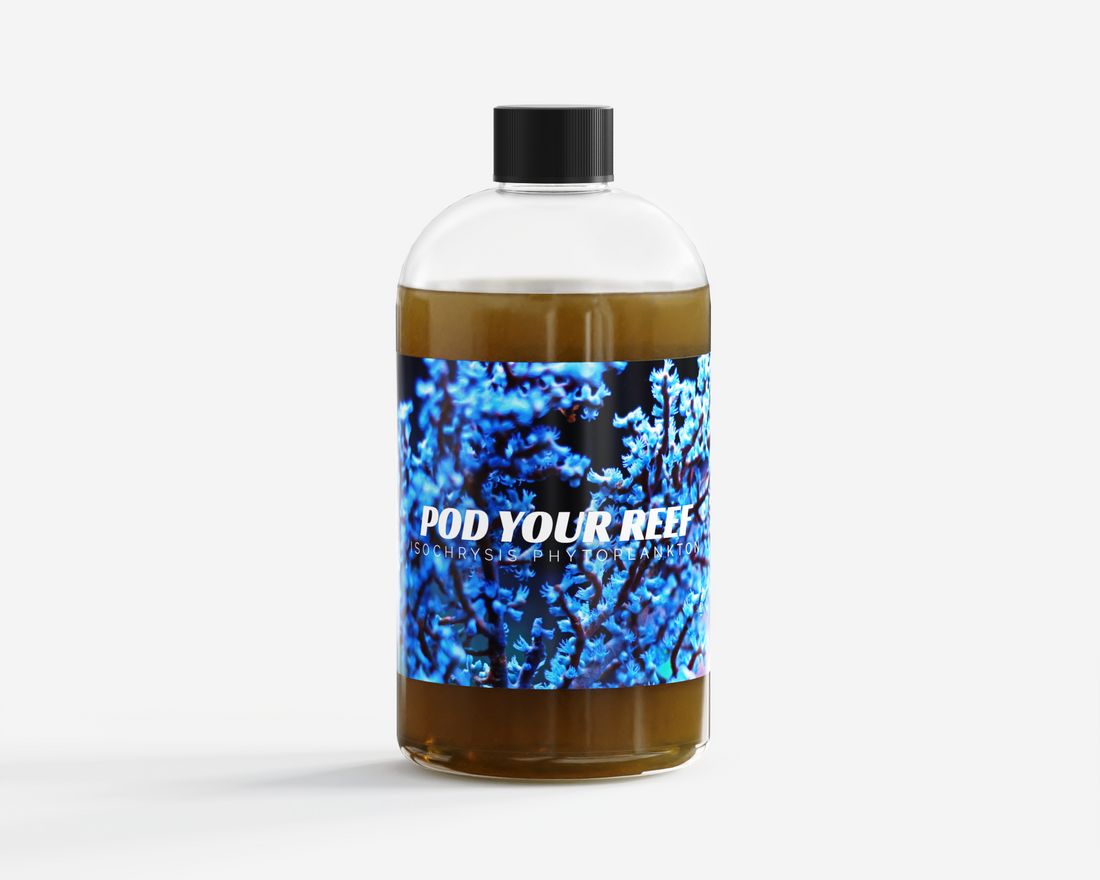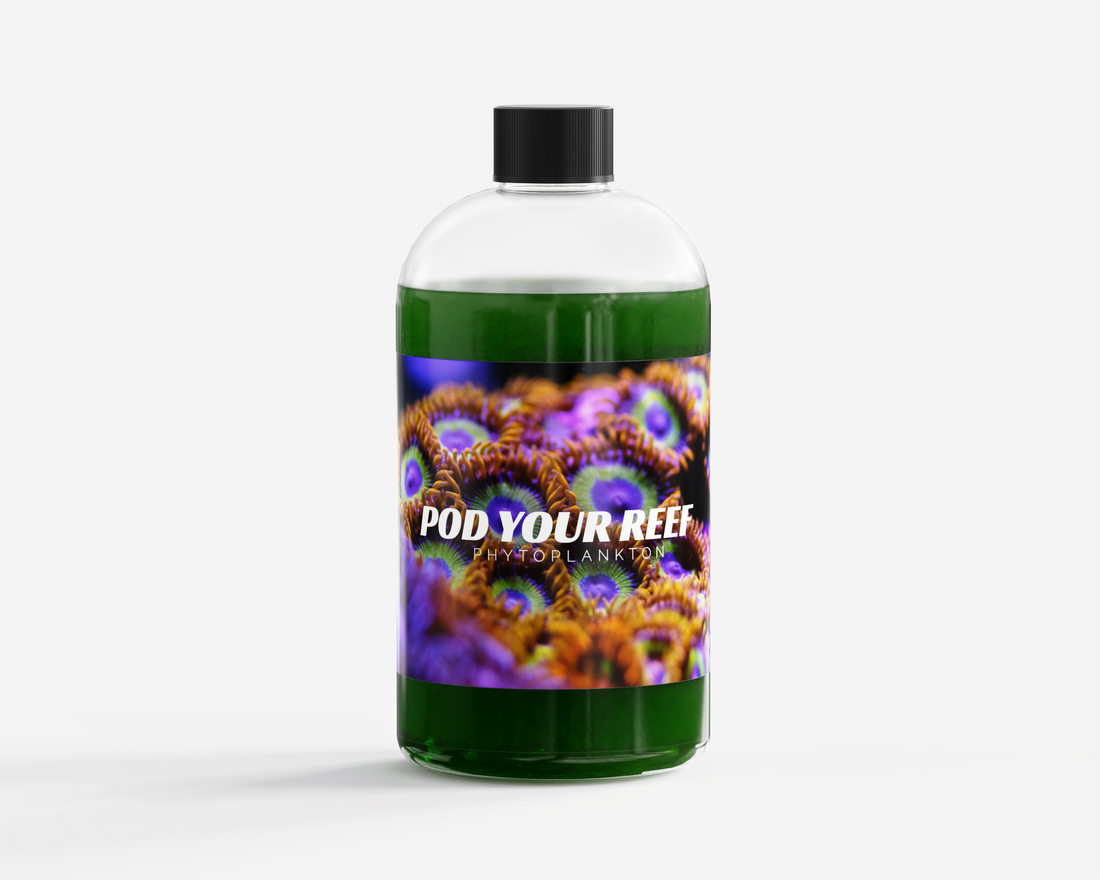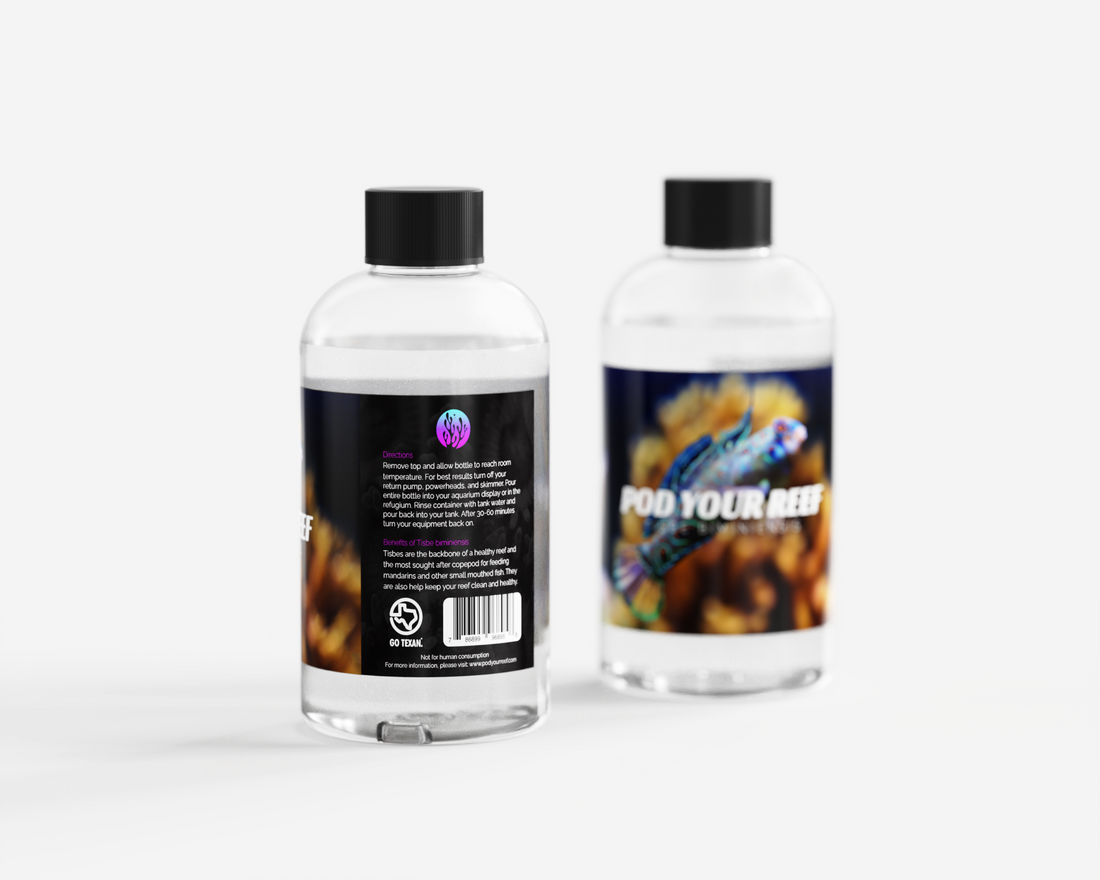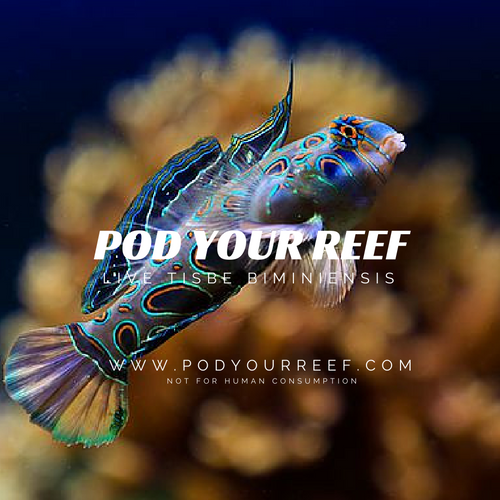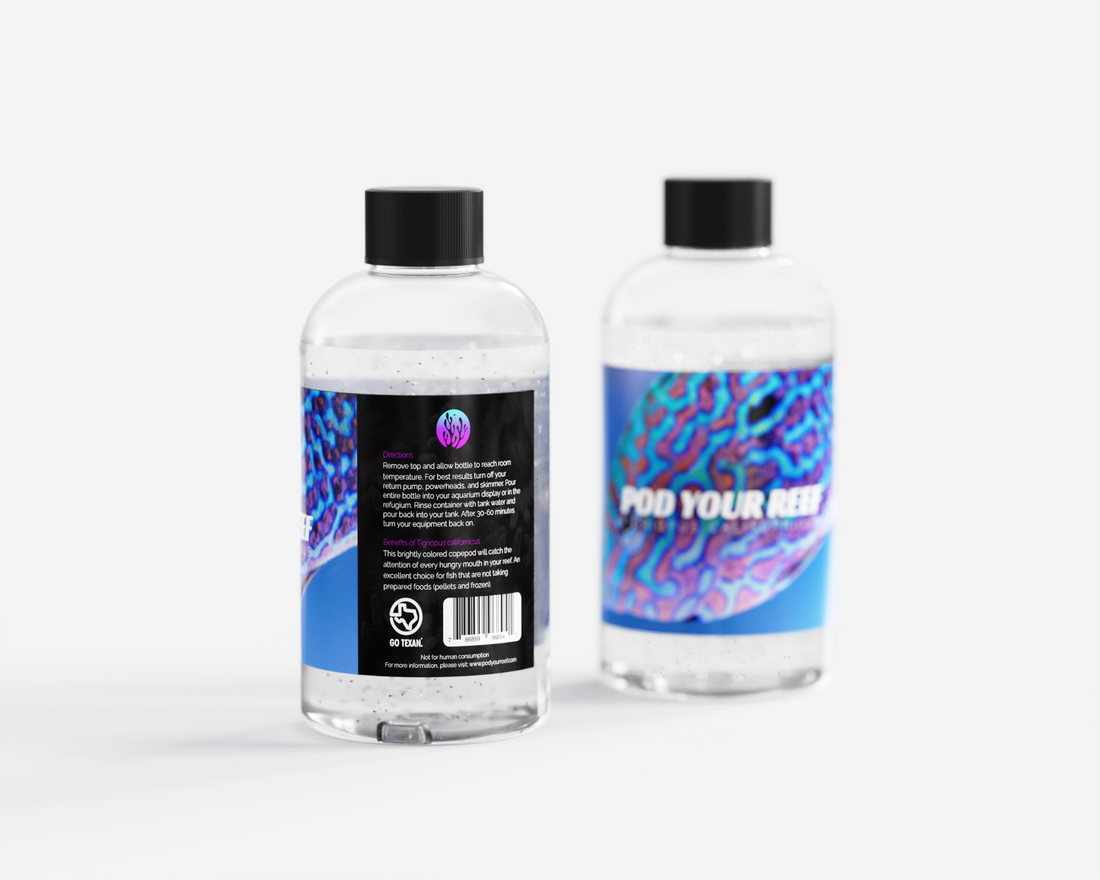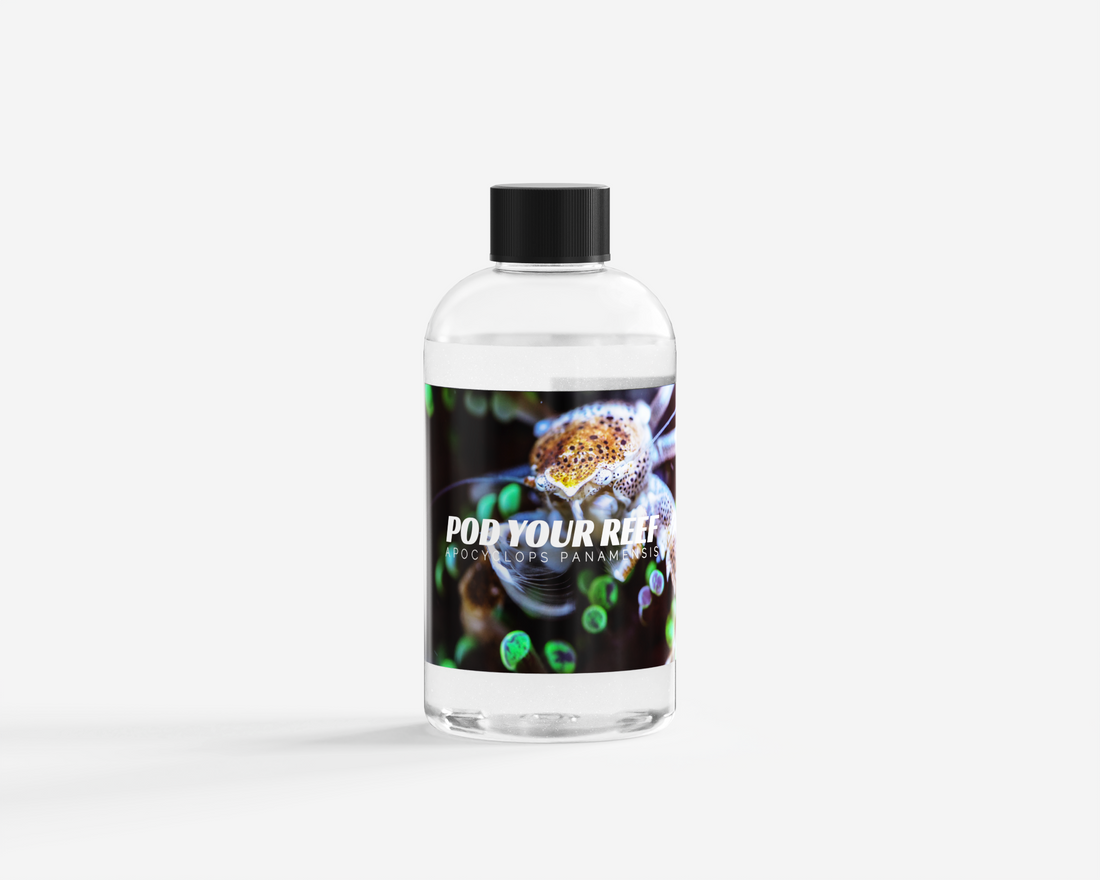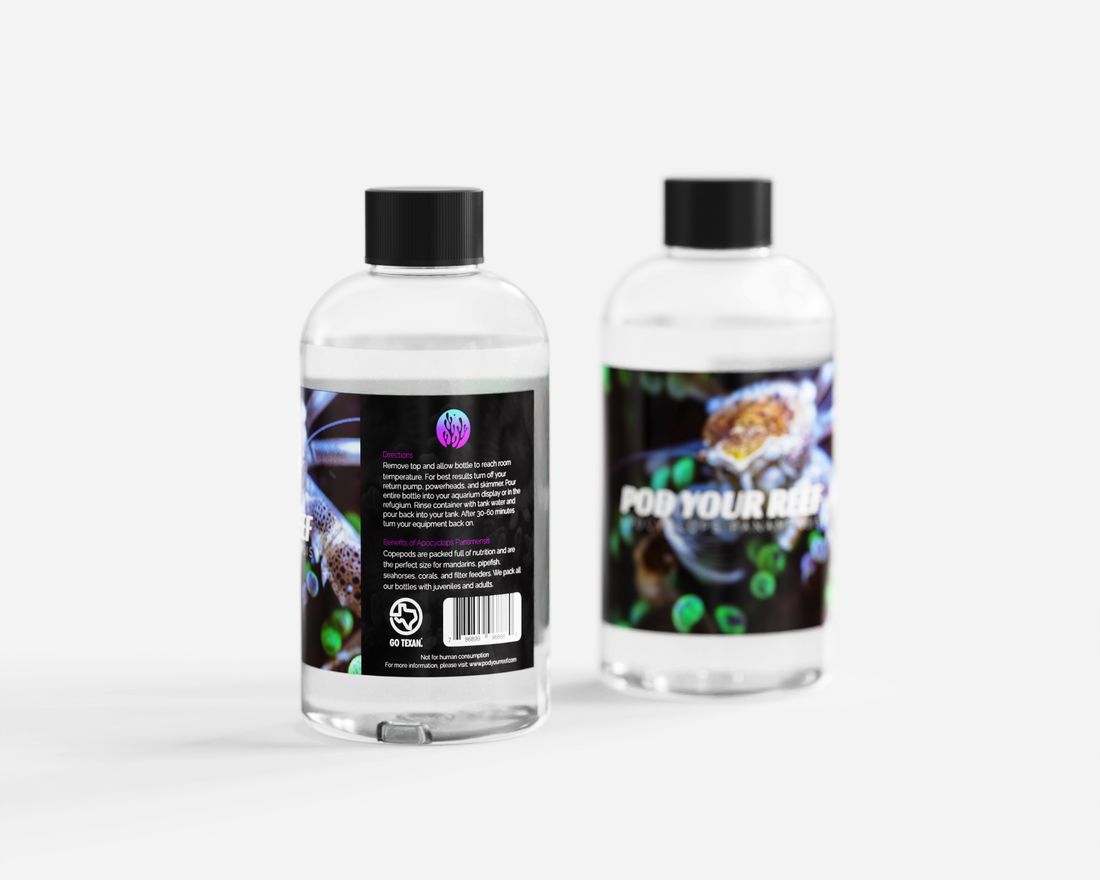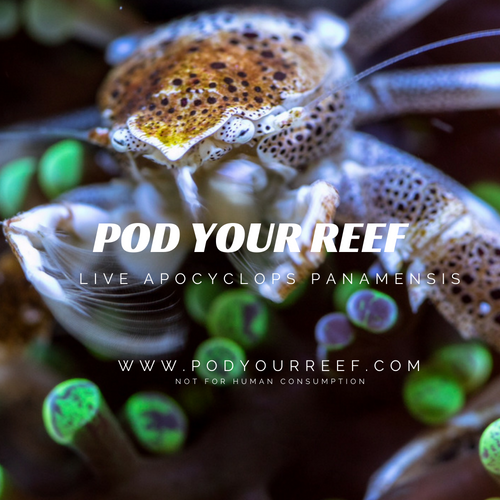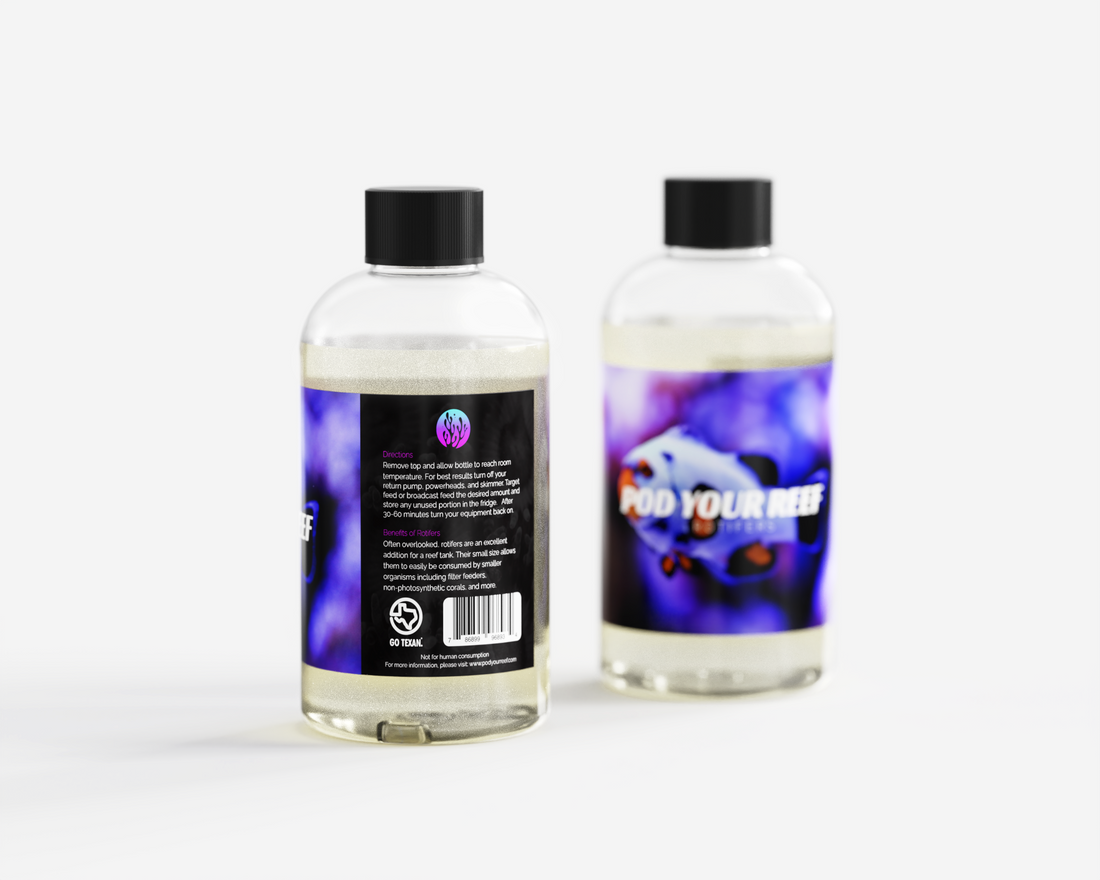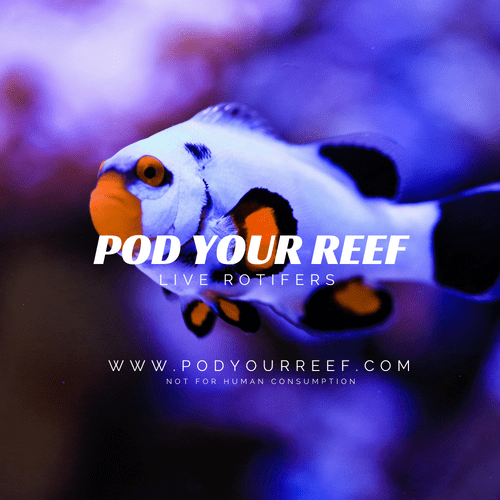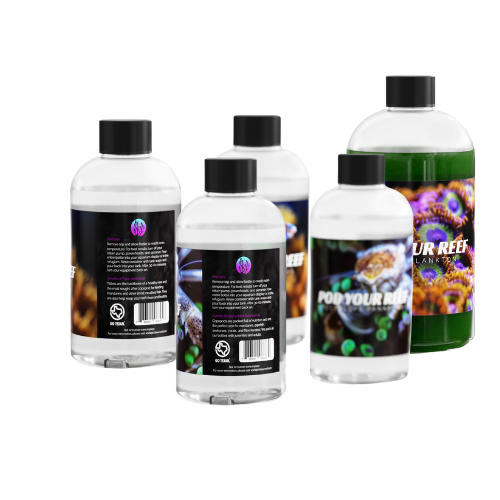
Care
How to plan the perfect refugium
How to plan the perfect refugium
We frequently preach about the many benefits of adding a refugium to a reef setup. Refugiums act as nutrient-sink powerhouses: where copepods, macroalgae and other critters soak up extraneous nitrates, phosphates and detritus before it can pollute the main reef tank. A well-established refugium can aggressively deplete nutrients and solid wastes from the water column while continuously generating copepods and other valuable coral food items.
But how does one get there?
What are the most important characteristics of a refugium and how can they be attained?
General Ecosystem Design
A refugium is deemed functional if it effectively reduces the waste load of an attached tank. However, there are many different marine ecosystems which thrive off coral reef waste and a refugium can be designed to roughly mimic any one of them. Most contemporary refugiums roughly mimic seaweed beds, where masses of Ulva or Chaetomorpha support massive copepod colonies. Others are dense soft coral gardens, full of Xenia and other voracious filter feeders. More daring refugium designs seek to mimic tide pools, with dense rockwork and huge invert assortments. Others blur the lines into paulidarium1 territory, where rising mangrove shoots provide limited terrestrial habitat. These are just examples as many more refugium itternations are sure to come in the future. No matter which ecosystem design is chosen, all refugiums must be biologically functional if they are ever to remain stable and beautiful.
Flow
In order for a refugium to affect the water chemistry of the display tank, discharge water must have some residency time and therefore, the flow cannot be too rapid. In the same thought, the flow must be quick enough so that the refugiums are routinely flushed out with ‘fresh wastewater’ from the main display aquarium. A general rule of thumb is that the refugiums volume should be cycled once every 1-3 hours, however this can be greatly increased or decreased depending on the general ecosystem design.
Substrate
Many refugiums do not have substrate, but these are often the least aesthetically pleasing. If a refugium does have substrate, it is most often the same as the display tank. Having a substrate in a refugium, like crushed aragonite or sand, is often ideal because it acts like a giant filter pad. These organics then concentrate in the refugium where they can be feasted upon by its inhabitants. Some of the most valuable detritivores in a refugium system are the polychaete worms and Nassarius snails which are able to vacuum the sediment. Refugiums with deep, anoxic sediment layers may also facilitate colonies of denitrifying bacteria, which can directly convert nitrate into harmless N2 gas. In a similar thought, rockwork is also a valuable addition to many refugiums as it provides surface area for copepod and beneficial bacteria colonies. Rockwork is also nice to attach seaweeds and leather corals to, allowing refugiums to be aquascaped.
Light
Light is a vital consideration for any refugium. Dark refugiums are possible, and these are often referred to as cryptic zone refugiums which have their own unique beneficial characteristics. However, illuminated refugiums conduct a lot of photosynthesis and therefore have an increased ability to absorb excess nitrates and phosphates from the water. Chaetomorpha is an example of a classic nutrient fiend. However, it cannot photosynthesize rapidly unless it has ample access to red light (more specifically the correct spectrum for the macro algae that will be added). This is the trend with all green algae, and thus, many reefers find freshwater aquarium or even horticulture lights to be more appropriate for ‘workhorse refugiums’. Lights with a greater blue spectra will be needed if soft corals or other brown photosynthetics are to be stocked. In the end, some reefers may desire to have an adjustable refugium light, one which can alternate between ‘functional’ and ‘display’ settings.
Stocking Functional Livestock
Though refugiums have the potential to house many exciting species such as the mandarin dragonet, their function relies on the seeding of less charismatic algae and detritivores. Macroalgae is vital to reducing nutrients, but species selection must be conducted with care. Some seaweed species spore to reproduce and can become an impossible hassle if allowed to spread to the main reef. It is important to select species which will only reproduce if torn apart manually (Chaetomorpha, Gracilaria hayi) . That way, you decide where the seaweed goes and where it stays.
Copepods contribute immense functional value to a refugium, both by removing detritus and by feeding off excess algae growth. Harpacticoid species such as our Tigriopus and Tisbe pods specialize in crawling on surfaces and concentrating in the crevices where waste builds. Their work is complemented by various polychaete worm, sea cucumber and snail species which can also be added to remove solid detritus.
Filter feeders are also an essential component of functional and display refugiums alike. Xenia are aggressive soft corals which actively grasp at suspended particles. Sabellid (featherduster) worms are also charismatic filter feeders which remove tiny solid particles/critters, clarifying their water in the process. Perhaps no filter feeders are as powerful as bivalves (clams, scallops, oysters, mussels), for these can filter upwards of 50gallons/hr!
Timing
Once a refugium is physically built, there is still much consideration as to when to stock what. Every aquarium is different, but a general rule of thumb is to let the main reef tank establish itself before developing the refugium. The reef community requires a minimum amount of nutrients to function and thus may be self sufficient for upwards of a month or two. Beyond this point, regular feeding of the fish and corals pushes reef tanks beyond their nutrient comfort zone. By convention, this is compensated for by water changes, but instead, rising nitrate levels can be a call to stock the refugium with macroalgae. Synchronized seeding with copepods will facilitate the dissolving of waste solids so that their nutrients can be absorbed by the macroalgae. This early seeding of the refugium will begin the process of the two systems feeding off each other's waste--a process which hopefully stabilizes over time, creating beautiful ecological music.
Summary
In short, there are several baseline steps that can be taken to ensure the functionality of a refugium, but there also exists a tremendous degree of flexibility depending on the ecosystem design chosen. Most if not all these designs embrace macroalgae and other nutrient-consumers as well as waste-munching copepods. In the end, a properly established refugium should thrive off the predictable waste supply of the main tank and assist in the achievement of greater stability of the system as a whole.
1 An enclosure which has both a terrestrial and aquatic component

